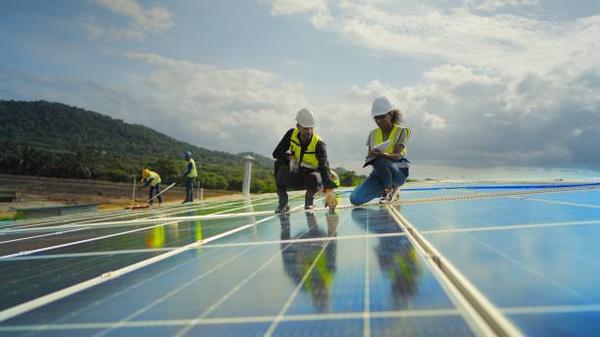Indoor air quality is a critical aspect of our overall health and well-being. With the rise of pollutants, allergens, and other harmful particles in the air, it has become more important than ever to ensure that the air we breathe is clean and safe. This is where air purifiers and ventilation systems come into play.
Air purifiers are devices designed to remove contaminants from the air in a room. They work by pulling in air, passing it through a filtration system, and then releasing clean air back into the space. There are many different types of air purifiers available on the market today, ranging from simple filters to more advanced models that use UV light or ionization technology to kill bacteria and viruses.
One advanced technique for utilizing air purifiers effectively is to strategically place them throughout your home or office. By placing multiple units in key areas, you can ensure that every corner of the space is being cleaned and purified. For example, placing an air purifier near high-traffic areas or sources of pollution such as kitchens or bathrooms can help to reduce odors and contaminants in those areas.
Another technique for maximizing the effectiveness of your air purifier is to regularly change explore further or clean the filters. Over time, filters can become clogged with dust, dander, and other particles, reducing their ability to effectively clean the air. By following manufacturer recommendations for filter replacement or cleaning, you can ensure that your purifier continues to work efficiently.
In addition to using air purifiers, proper ventilation plays a crucial role in maintaining good indoor air quality. Ventilation systems help to circulate fresh outdoor air throughout a building while simultaneously removing stale indoor air. This exchange helps to dilute pollutants and improve overall indoor comfort.
One advanced technique for utilizing ventilation systems effectively is to invest in energy recovery ventilators (ERVs) or heat recovery ventilators (HRVs). These systems capture heat from outgoing stale indoor air before it is expelled outside and transfer it to incoming fresh outdoor air during colder months. This process helps maintain a comfortable temperature inside while also improving indoor air quality.
Proper maintenance of ventilation systems is also essential for optimal performance. Regularly cleaning vents and ducts can prevent buildup of dust and debris that can hinder airflow and reduce efficiency. Additionally, scheduling routine inspections by HVAC professionals can help identify any issues early on before they become major problems.
and regular maintenance are all important factors when it comes to utilizing these systems effectively.







